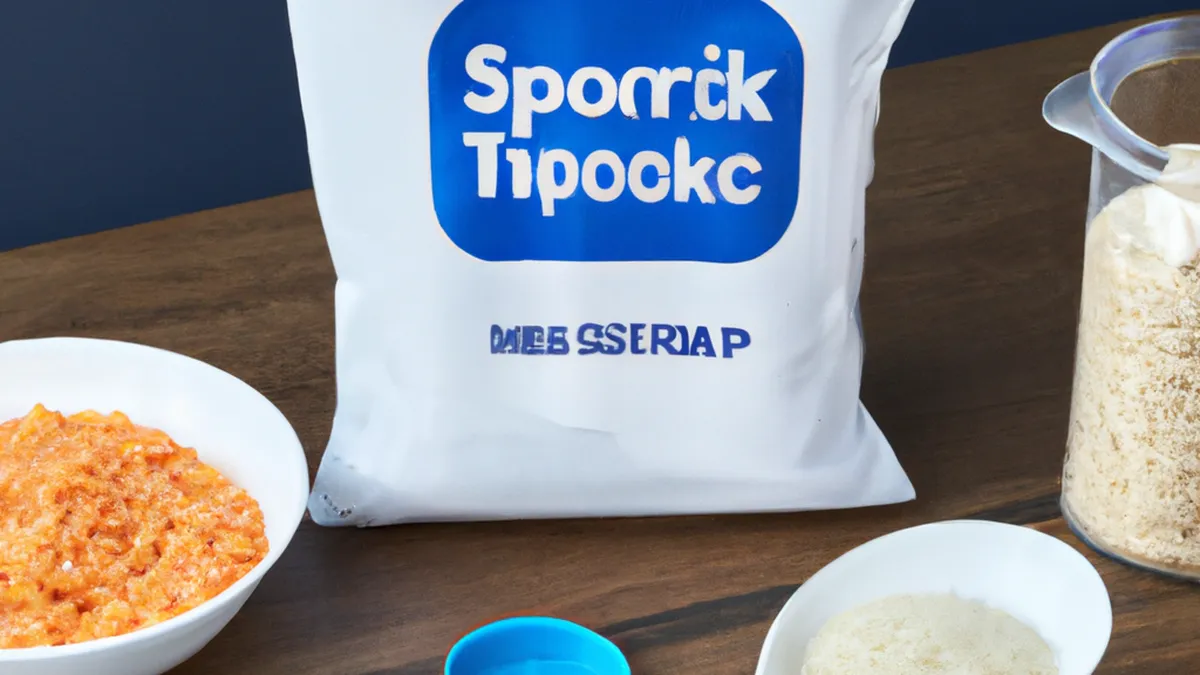Fluid Movements: The Flexibility Connection
Flexibility Routines for Dynamic MovementsDynamic movements play a crucial role in sports and daily activities. These actions require strength, agility, and flexibility. Flexibility enables your body to move through its full range of motion, enhancing performance, mobility, and injury prevention. Many people neglect flexibility in their workout routines. This blog post explores effective flexibility routines designed for dynamic movements, highlighting their importance and offering practical guidance.
Importance of Flexibility in Dynamic Movements
Dynamic movements involve rapid and powerful actions like running, jumping, twisting, and changing direction. Flexible muscles and joints allow for freer, more efficient movement, leading to improved performance. For example, a sprinter with flexible hips can achieve longer strides, while a basketball player with flexible ankles can jump higher and land safely.Flexibility also enhances your range of motion, improving movement form. Poor flexibility can cause compensatory movements, increasing stress on other body parts and leading to injuries. Therefore, incorporating flexibility into your training optimizes performance and minimizes injury risks.
Preventing Injuries with Flexibility
Flexibility training significantly helps prevent injuries. Tight muscles and joints increase susceptibility to strains and tears during dynamic movements. Muscles lacking flexibility may struggle to respond to sudden changes in direction or speed, resulting in injuries. A solid flexibility routine prepares your body for dynamic activities by improving blood flow and muscle elasticity.Additionally, stretching increases overall body awareness and control, helping athletes make precise movements. This awareness reduces awkward movements that could cause injury. Thus, a comprehensive flexibility routine enhances performance and serves as a crucial injury prevention measure.
Tips for Effective Flexibility Routines
As an Amazon Associate I earn from qualifying purchases.
Gear tip: consider basketball, indoor basketball, and basketball shoes to support this topic.
Follow these practical tips to create an effective flexibility routine for dynamic movements.
Start with a Warm-Up
Always begin your flexibility routine with a warm-up. Warm muscles are more pliable and respond better to stretching. A five-minute jog or brisk walk elevates your heart rate and prepares your muscles for stretching. Warming up increases blood flow and mentally prepares you for the workout.
Focus on Major Muscle Groups
Target major muscle groups involved in dynamic movements when designing your flexibility routine. Focus on hamstrings, quadriceps, hip flexors, calves, back, and shoulders. Pay extra attention to tight areas and dedicate more time to stretching those muscles. A comprehensive routine should cover all major muscle groups to optimize your range of motion.
Incorporate Dynamic Stretching
Include dynamic stretching in your routine to further enhance flexibility.
Conclusion
Flexibility plays a vital role in dynamic movements. Incorporate flexibility routines to improve performance and prevent injuries.
Below are related products based on this post:
FAQ
Why is flexibility important for dynamic movements?
Flexibility is crucial for dynamic movements as it allows the body to move through its full range of motion, enhancing performance and mobility. Flexible muscles and joints enable more efficient movement, which can lead to improved athletic performance and reduced risk of injury.
How can flexibility training prevent injuries?
Flexibility training helps prevent injuries by reducing muscle tightness, which can increase the risk of strains and tears during dynamic activities. A solid flexibility routine enhances blood flow and muscle elasticity, preparing the body for sudden changes in direction or speed.
What should I include in my flexibility routine?
Your flexibility routine should start with a warm-up to prepare your muscles, followed by stretching major muscle groups involved in dynamic movements. Incorporating dynamic stretching can further enhance flexibility and improve overall performance.















Post Comment